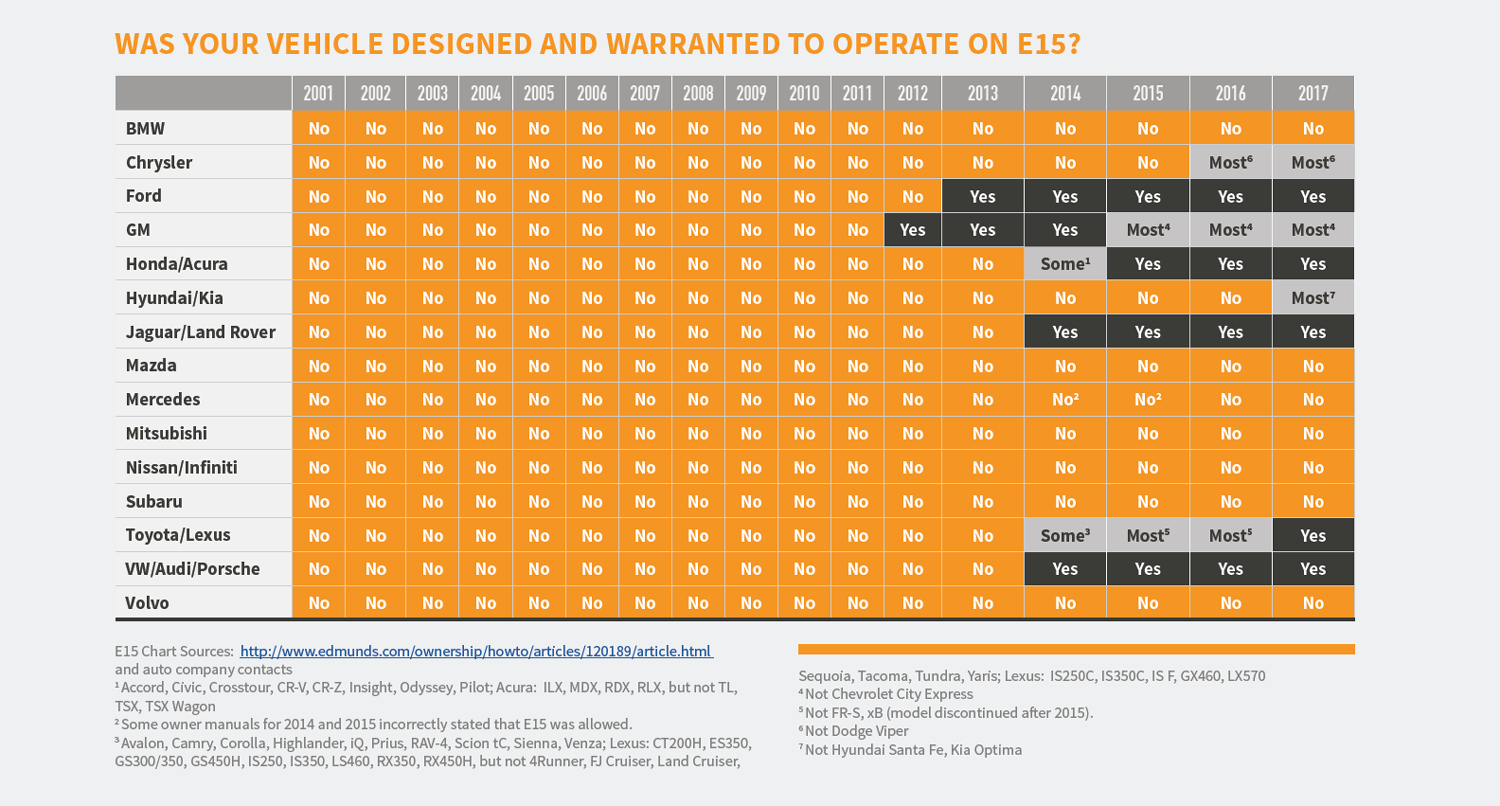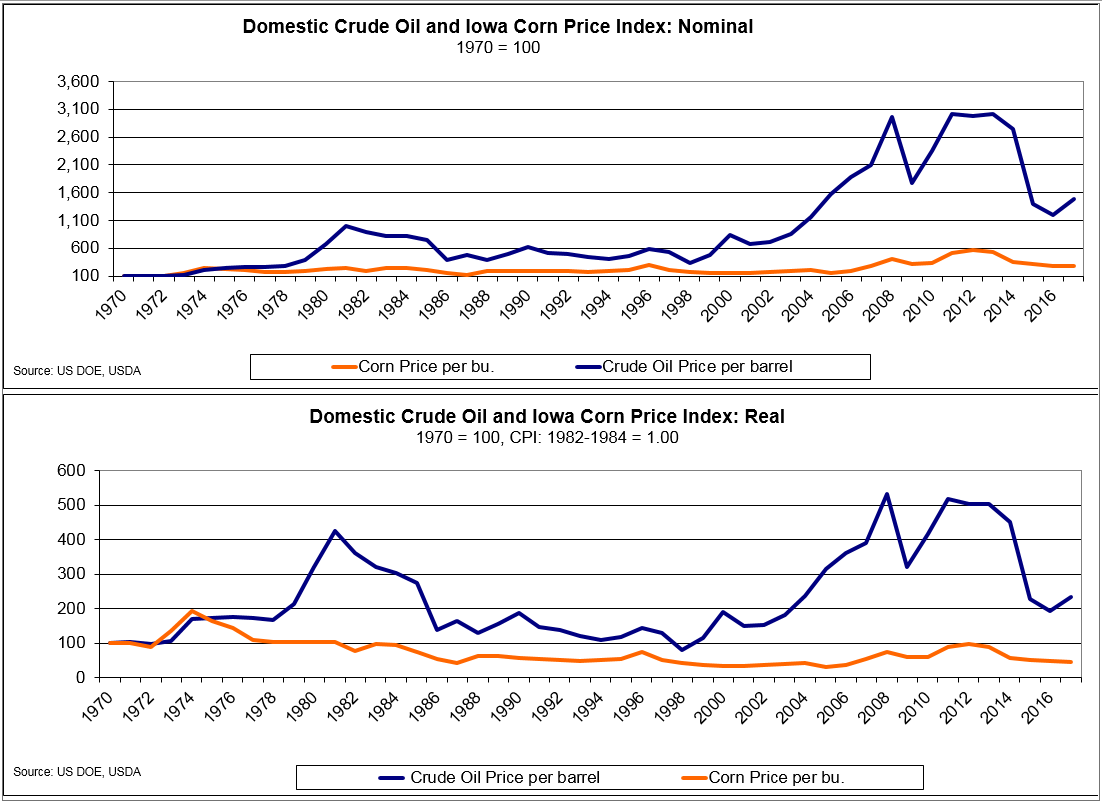The Energy Independence and Security Act of 2007 (EISA) set yearly RFS volume requirements for each renewable fuel category. EPA updates volume requirements each year based on fuel availability.
The RFS is a federal program that requires transportation fuel that is sold in the United States to contain a minimum volume of renewable fuels. It’s known as the renewable fuel standard (RFS).
The RFS originated with the Energy Policy Act of 2005 and was expanded and extended by the Energy Independence and Security Act of 2007 (EISA). The RFS requires renewable fuel to be blended into transportation fuel in increasing amounts each year, escalating to 36 billion gallons by 2022.
Each renewable fuel category in the RFS program must emit lower levels of greenhouse gases (GHGs) relative to the petroleum fuel it replaces.
The volumes required of each obligated party are based on a percentage of its petroleum product sales. Obligated parties can meet their renewable volume obligations (RVOs) by either selling required biofuels volumes or purchasing Renewable Identification Numbers from parties that exceed their requirements. The EPA uses RINs to track renewable transportation fuels and the system allows the EPA to monitor compliance with the RFS.
Entities regulated by RFS include oil refiners and gasoline and diesel importers.
What if the volume-based RFS requirement became octane-based?
Last week, members of congress weighed replacing federal volume-based fuel mandates with a nationwide, higher-octane fuel requirement. The proposal could replace the decade-old RFS – moving the U.S. towards higher-octane premium gasoline filled with a higher percentage of ethanol.
Potentially, new vehicles on American highways would have to meet the 95 Research Octane Number (RON). That’s the octane number of current U.S. “premium” gasoline.
Started with Oregon Congressman
Representative Greg Walden (R-Oregon) said, “I think it is time to modernize [the RFS] policy. I just want people at the table to understand that we are serious about that.” At a hearing of the U.S. House of Representatives Energy and Commerce subcommittee on the Environment.
GM VP of Global Propulsion Systems Dan Nicholson echoed similar sentiments last month in a message to the American Fuel and Petrochemical Manufacturer’s (AFPM). Nicholson said, “This is the most cost-effective way to increase fuel economy and reduce greenhouse gases.”
Most vehicles can’t operate on E15

GM, Ford and a few other auto makers, as seen in this infographic by the American Petroleum Institute, have been slowly introducing E15 cars into the market. However, approximately 155 million vehicles on the road, or 75% of everything Americans are driving, were not built nor designed to burn E15.
Testing by the Coordinating Research Council (CRC), determined that millions of vehicles on the road today could suffer engine damage from using fuels containing higher levels of ethanol, such as E15. A separate CRC study found that fuel pump systems could seize up or otherwise be damaged by E15 fuel.
In 2017, the EPA estimated that 1,640 retail stations had E15 for sale and 4,300 stations offer E85. The total number of gas stations in the U.S. exceeds 150,000, making E15 and E85 a niche market.
Furthermore, the Yale School of School of Forestry & Environmental Studies made a case against more ethanol – “it’s simply bad for the environment.”
Yale said oil and corn prices compete to determine ethanol’s profitability. When corn prices are high, it becomes more expensive to distill it as alcohol fuel for vehicles. If the price of oil is high ($100/barrel), then the more economic it becomes to blend ethanol into gasoline. However, U.S. oil and gas production has been reaching record highs recently, and compounding the issue of retail availability, auto manufacturers have been slow to adopt E15 fuel standards.








